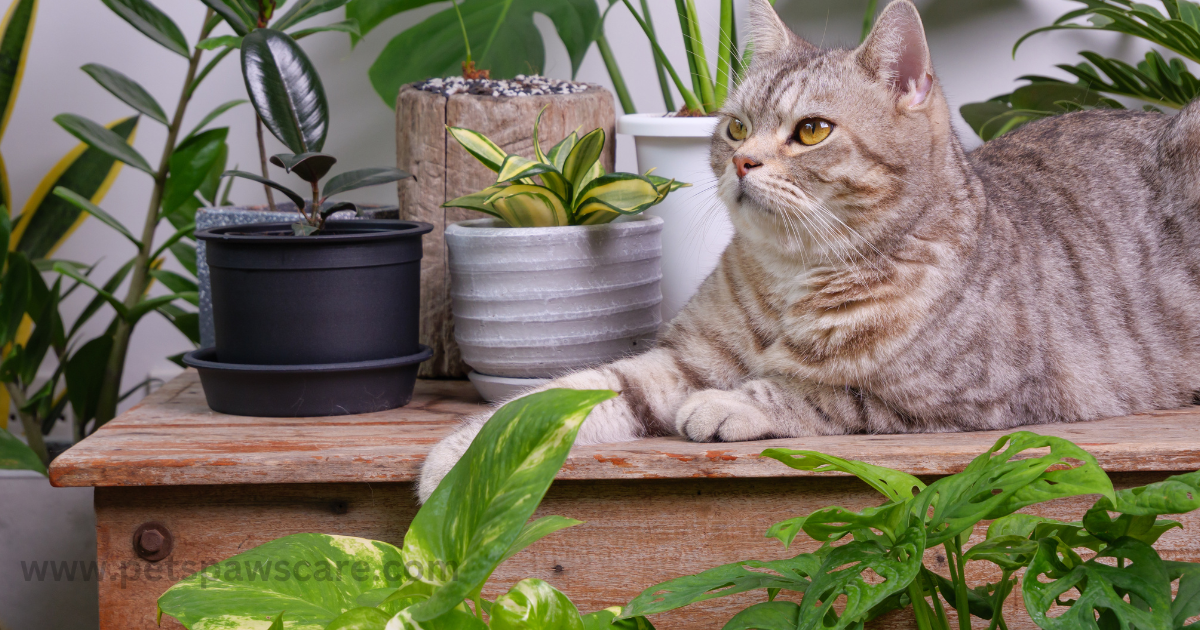Are Monstera Toxic To Cats?
As a pet owner, it’s crucial to understand the potential risks of houseplants like Monstera. These plants contain calcium oxalate crystals that are mildly toxic to cats. When chewed, they can cause irritation, burning, and itching in the mouth, leading to vomiting if swallowed. While Monstera isn’t as highly toxic as lilies, which can cause organ damage and require vet ER intervention, it’s still important to be cautious and keep them out of reach of your pets.
Cats with comorbidities, especially brachycephalic breeds like Persians, are at higher risk. Labradors and other dogs can also face issues if they ingest toxic plants, leading to puking and requiring supportive GI care. Given the ongoing problem of pets exploring random plants, it’s wise to keep Monstera out of reach and consult your vet immediately if any signs of poisoning occur. Remember, if your cat or dog encounters potential dangers, always seek medical advice to ensure their safety.
Also Read: Are Carnations Toxic To Cats?
Ten Houseplants To Avoid If You Have Pets
Oleander (Nerium oleander)
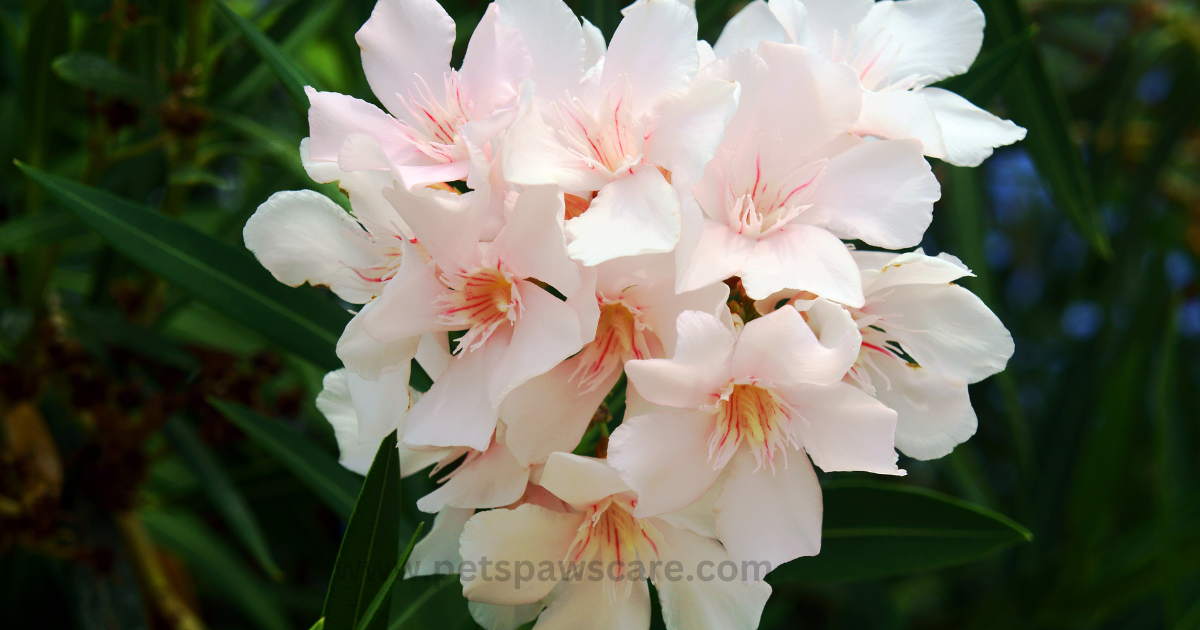
When it comes to keeping pets safe, it’s important to avoid certain houseplants, especially if you have curious cats or dogs. Oleander (Nerium oleander) is a popular, pink-flowered shrub often grown indoors and outdoors. Despite its appealing appearance, it’s poisonous to people, pets, and other animals. Even a small amount ingested can cause severe illness or even death. The toxic plant known as oleander poses a significant risk to pets and should be avoided.
Lilies (Lilium)
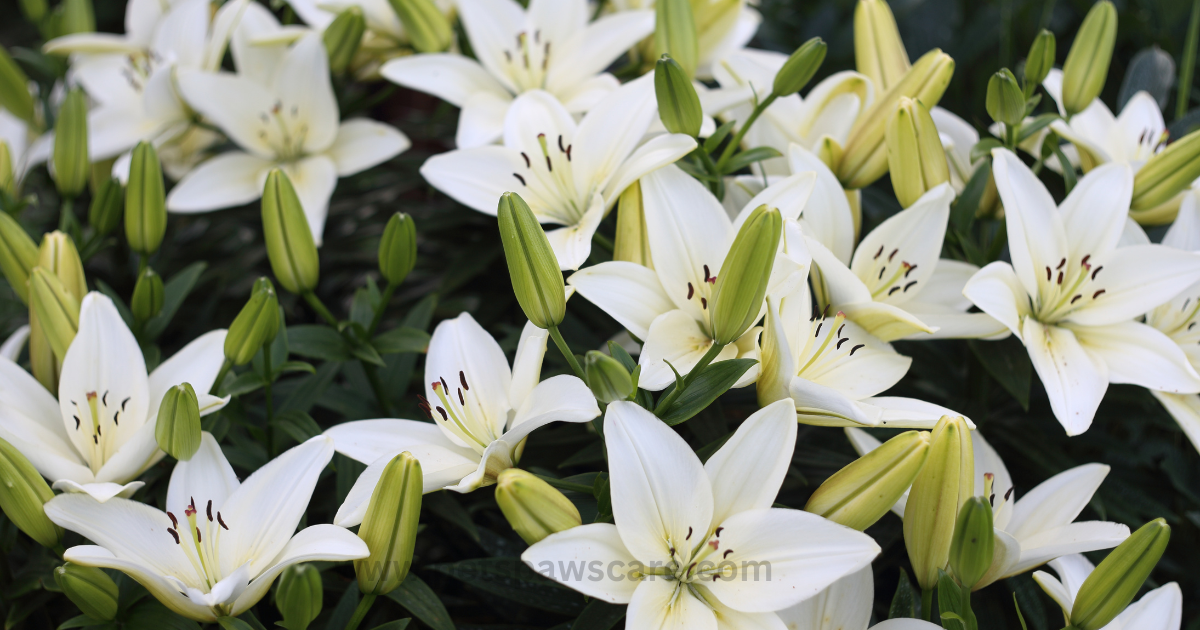
Lilies (Lilium) are highly toxic to cats and should be on your list of houseplants to avoid. These peace lilies are known for their air-purifying qualities and on-trend appeal, but they can cause organ failure in cats if ingested. The lily is poisonous throughout, and even a tiny bite can kill.
If you receive a bouquet of lilies as a gift, remember to keep it out of your pets’ reach. While oleander and lilies are beautiful, they pose a significant risk to pets and should not be present in any pet-friendly home.
Philodendrons
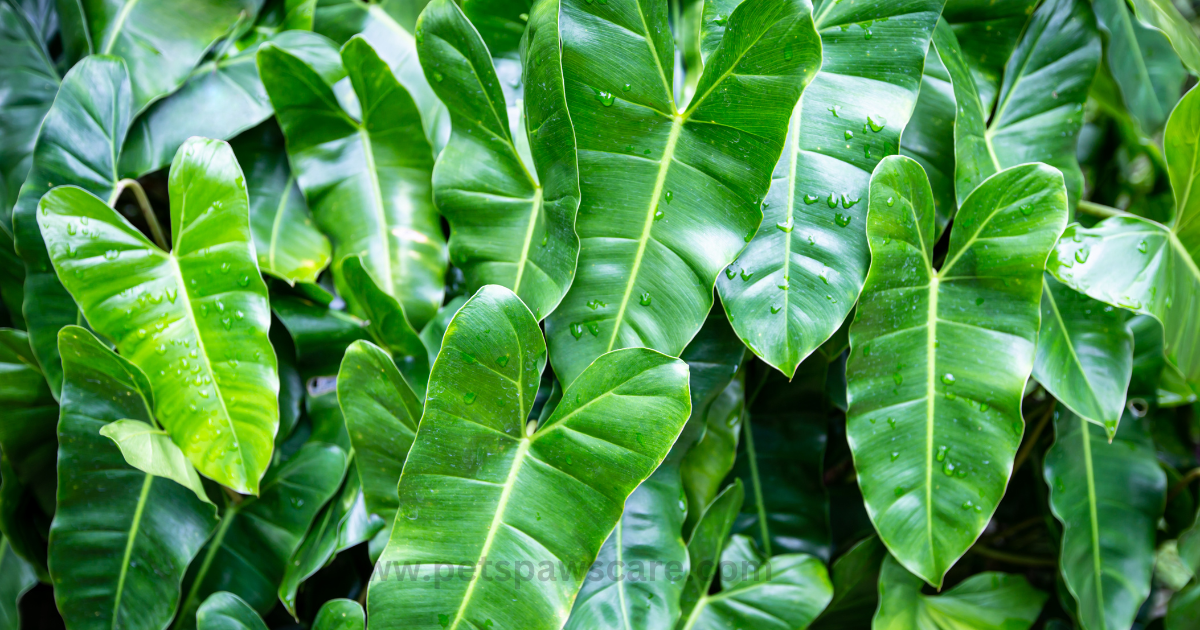
Philodendrons, a family of leafy plants from the jungles of Central and South America, are famous for transforming an apartment into a luscious jungle. However, they are toxic to cats and dogs. If consumed, they can cause swelling in the mouth and lead to vomiting. Your pets and other animals should not be near these plants because they are poisonous.
Monstera deliciosa
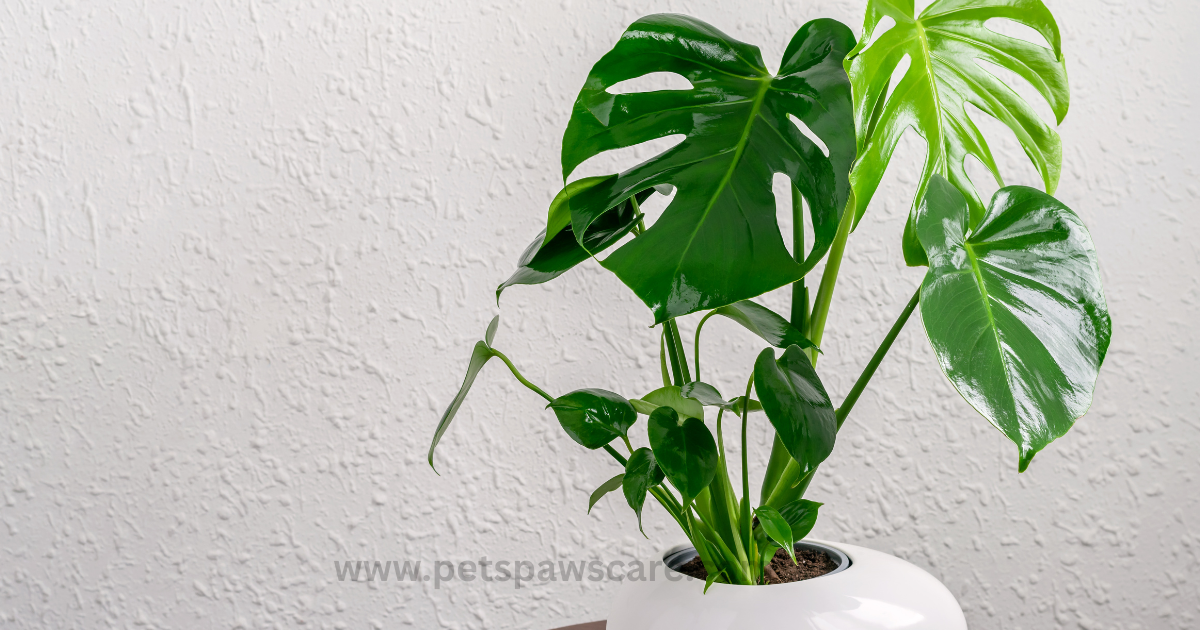
Monstera deliciosa, often called the Swiss Cheese plant, is another popular but toxic houseplant. When chewed, this variety of philodendrons can cause intense burning and irritation in pets’ mouths. While they add a beautiful touch to your space, these plants are poisonous and pose a significant risk to your cats and dogs. To ensure their safety, keeping such toxic houseplants away from your animals is critical.
Aloe Vera
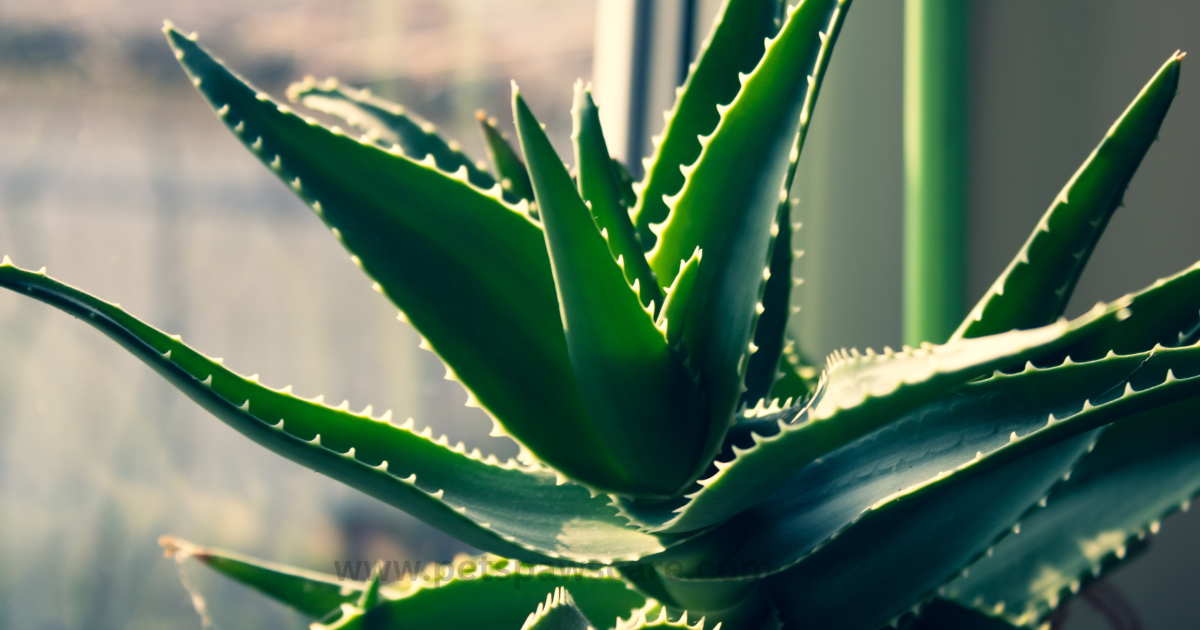
Often used as a traditional herbal remedy for humans, aloe vera is a succulent with mild-to-moderate toxicity for dogs and cats. If your pet happens to chew on aloe, it could lead to vomiting, diarrhea, or even tremors. While aloe is known for its healing properties in people, it’s pretty toxic to our furry friends, making it one of those plants that should be kept away from animals.
Snake Plants (Dracaena trifasciata)
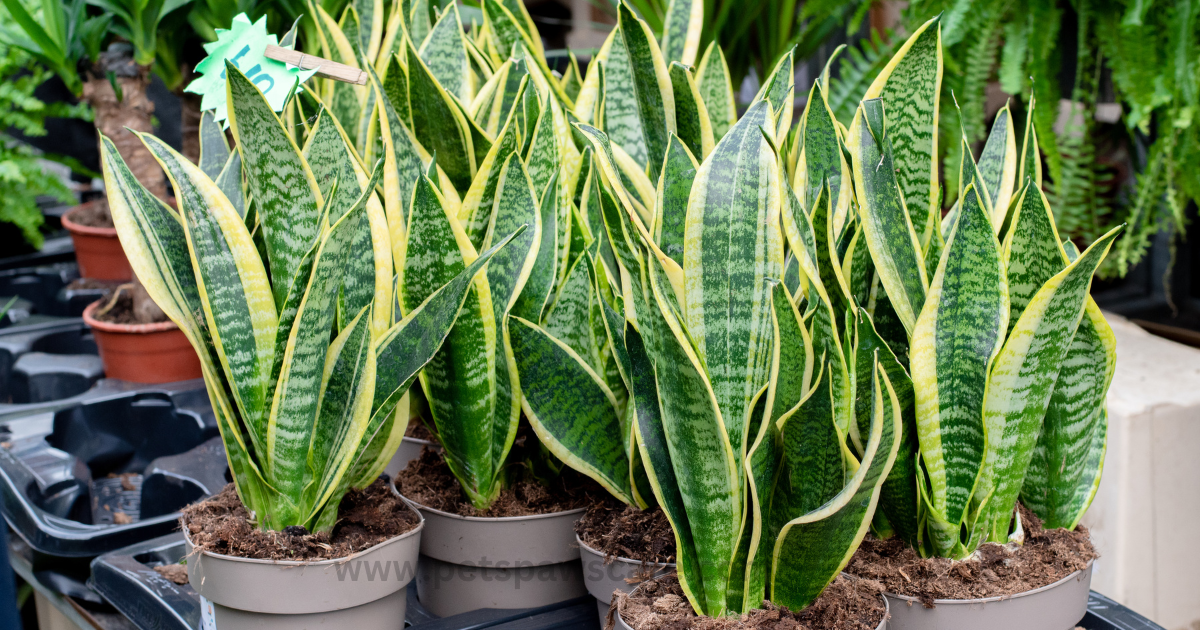
The snake plant (Dracaena trifasciata) is also known as the mother-in-law’s tongue. This tough houseplant thrives in low-light conditions and is famous for its durability. However, ingesting it by pets can cause nausea, vomiting, and diarrhoea. Snake plants, like aloe, are toxic and poisonous to animals, so keeping them out of reach to avoid health issues is essential.
Ficus
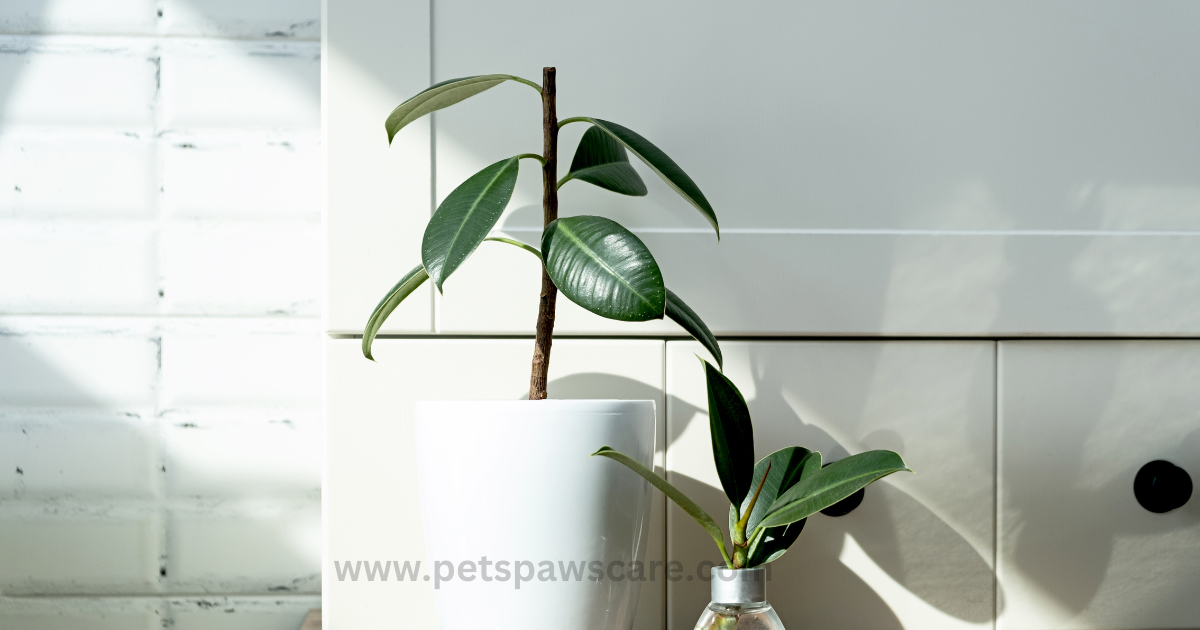
Fiddle leaf figs (Ficus lyrata) and rubber trees (Ficus elastica) contain insoluble calcium oxalates. When consumed by cats or dogs, these can cause severe oral irritation, leading to drooling, vomiting, and difficulty swallowing. These plants are poisonous and toxic to animals, making them risky choices for homes with curious pets.
Jade Plants (Crassula Ovata)
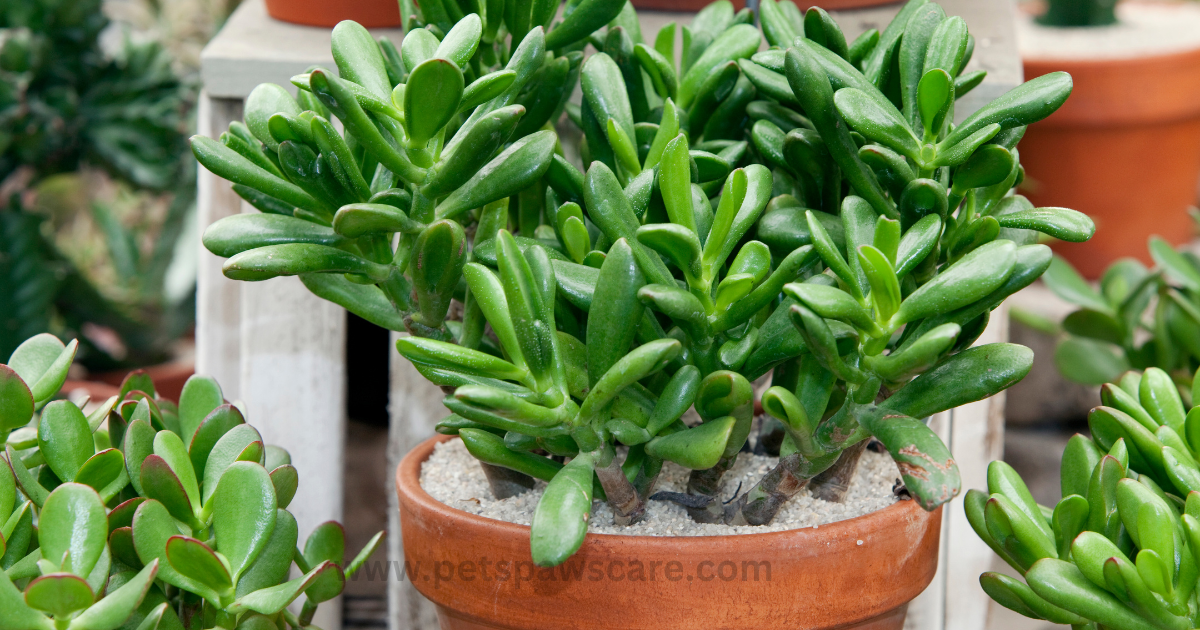
Many people keep the jade plant (Crassula ovata) as a money plant to increase wealth. While it’s a beautiful succulent, it isn’t perfect for cats and dogs. If consumed, it can cause vomiting, depression, and even incoordination in your pets. Like Ficus, jade plants are toxic and poisonous to animals, so keeping these houseplants out of reach is best to protect your furry friends.
Madagascar dragon tree (Dracaena marginata)
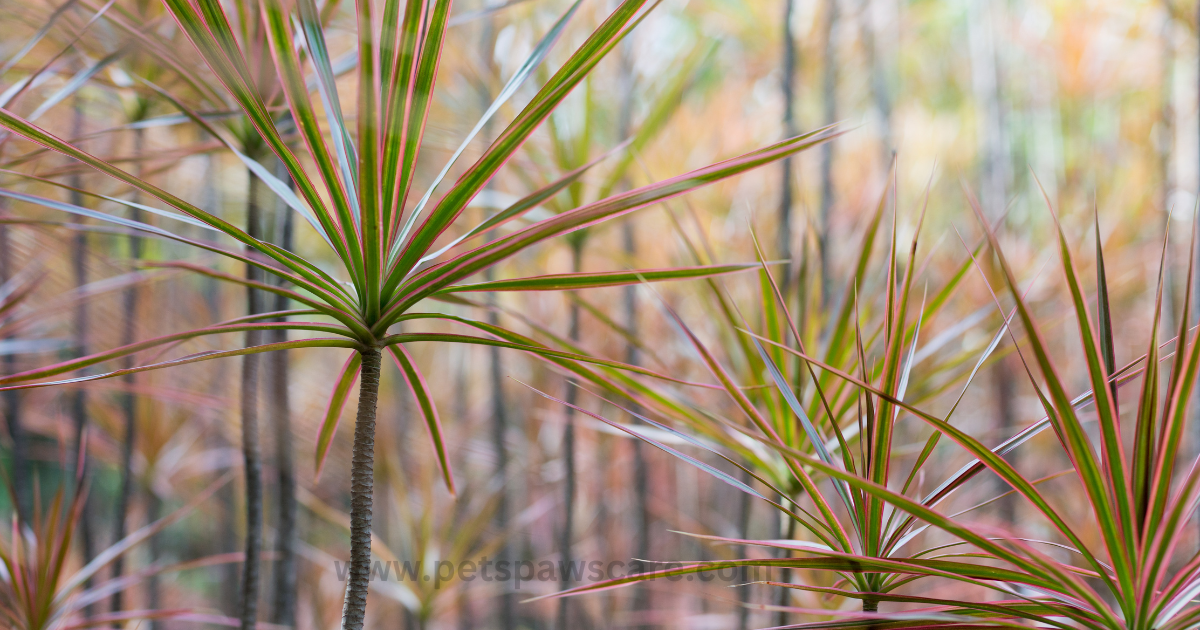
The Madagascar Dragon Tree (Dracaena marginata) is a slender and elegant plant with saponins, a toxic compound that can make cats and dogs sick. If ingested, this plant can cause vomiting, drooling, and even dilated pupils in pets. If your pet nibbles on a dragon tree or a similar plant, such as Yucca, the saponins can have serious poisonous effects, making these houseplants dangerous to keep around animals.
Also Read: What Is the FVRCP Vaccine For Cats?
Sago palm (Cycas revoluta)
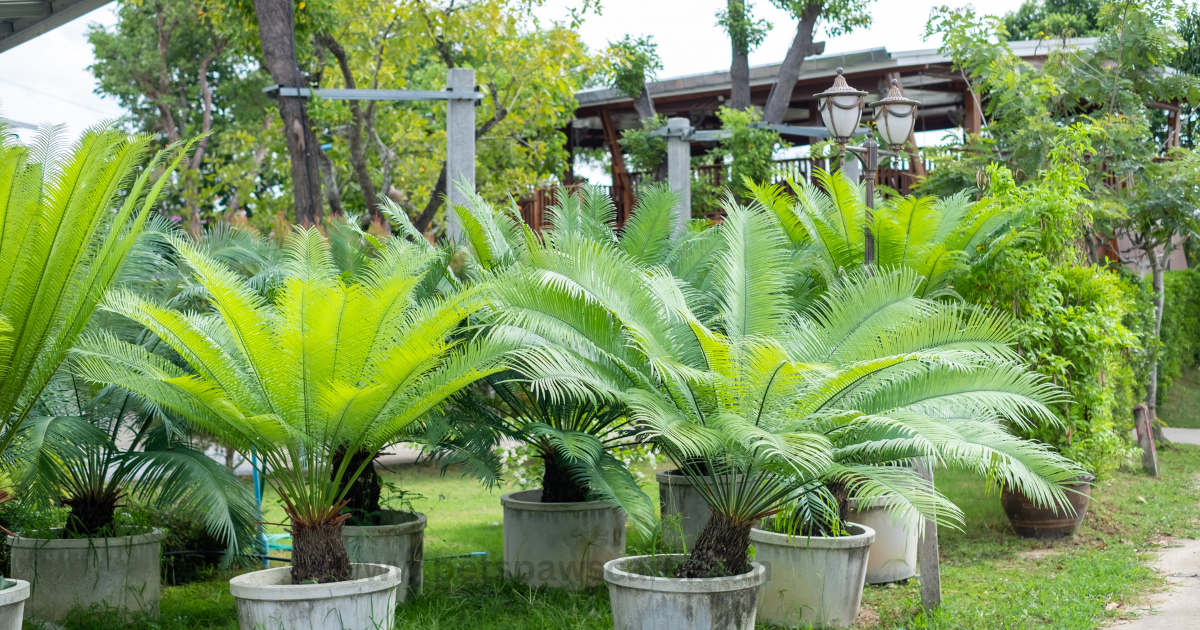
This cycad is lethally poisonous to dogs due to a toxin called cycasin. If ingested, it can lead to severe symptoms like abdominal pain, seizures, coma, and even liver failure. In Australia, the Animal Poisons Helpline frequently receives calls about dog poisonings related to the Sago Palm, highlighting the significant risk this plant poses to animals. If you have pets, you should avoid the Madagascar Dragon Tree and the Sago Palm, which are beautiful but potentially deadly houseplants.
Houseplants that are safe to keep around pets
If you have pets, assume that not all houseplants are safe to eat. However, some plants are non-toxic and safe for your furry friends. For example, the String of Hearts (Ceropegia), true ferns like the Boston Fern (Nephrolepis exaltata), and spider plants (Chlorophytum comosum) are excellent choices. Although spider plants can be mildly hallucinogenic to cats, they are generally considered safe. Moth orchids (Phalaenopsis) and hoyas (Hoya carnosa), also known as wax plants) are also pet-friendly options.
If your cats or dogs like to nibble on plants, consider cat grass (Dactylis glomerata) an occasional treat. It helps digestion and is a safer option than more dangerous houseplants like Monstera deliciosa. You can also try Catnip (Nepeta cataria), Cat Mint (Nepeta mussinii), or Cat Thyme (Teucrium marum), which are not only safe but also popular with cats. These plants give your pets something enjoyable to chew on without the risk of harm.
Are Monsteras dangerous for cats?
The good news is that while Monstera plants can be harmful, they are not typically deadly to cats, dogs, or humans in most cases. If a cat ingests a part of the Monstera, it can irritate the mouth, throat, and stomach lining, leading to vomiting and drooling. However, your kitty’s life is not at risk unless it consumes large quantities of the plant. This is rare because the irritation begins immediately after the cat takes a bite, which usually discourages them from eating more.
Also Read: What is a Fever Coat in Cats?
What Makes Monsteras Unsafe for Cats?
Calcium Oxalate Crystals
The answer lies in the calcium oxalate crystals in almost all Monstera plant’s parts. These tiny particles, composed of sharp, pointed needles of calcium oxalate, can cause irritating micro-cuts in the tissue of a cat’s mouth, throat, and digestive system if ingested. The crystals can even become embedded in these tissues, leading to discomfort and further complications. Although these crystals shield the Monstera plant from animal consumption, they pose a risk to cats. If the plant’s fruit is perfectly ripe, it’s safe to eat, but other parts are not. Wearing gloves while pruning is a sensible way to avoid skin irritation when handling a Monstera.
What Part of Monstera Contains Calcium Oxalate Crystals?
Calcium oxalate crystals are present in almost all parts of the Monstera plant where the sap flows—including the stems, leaves, roots, and even the unripe fruit. These crystals make the plant harmful to your cat, so keeping them far away from Monstera plants is best.
Symptoms of Calcium Oxalate Crystal Poisoning
If your cat comes into contact with calcium oxalate crystals, which are present in many parts of the Monstera plant—such as the stems, leaves, roots, and unripe fruit—you may notice symptoms like intense irritation in the mouth, excessive drooling, and difficulty swallowing. These harmful crystals can cause significant discomfort, so keeping your cat far away from Monstera plants is best to prevent these issues.
How to Prevent Cats From Eating Monsteras
Keep plants out of reach.
A reliable way to keep your cat and Monstera apart is to place the plant out of reach. This can be challenging, especially if your cat is athletic and likes to reach high places. It’s possible to put the Monstera on a shelf or in a hanging basket, particularly for smaller species. You can also use a gate or chicken wire as a barrier to block access if your cat cannot jump over it or get behind it. Other options include keeping the plant in a room your cat can’t access. It’s also essential to clear any dropped leaves immediately to prevent your cat from having a snack.
Cat Deterrents
To keep your cat safe, you can use deterrents that make the Monstera plant less appealing. One method is to make the plant smell harmful to your cat. You can also try training your cat to associate the plant with undesirable consequences. This strategy can help prevent your cat from nibbling on the Monstera.
Also Read: Why Does My Cat Keep Gagging?
Repellents
Cats naturally hate the smell of citrus fruits like lemon, lime, orange, and grapefruit. You can use this to your advantage by placing peels in your Monstera’s soil or dabbing some citrus essential oil on the pot’s rim. Another effective method is to spray the plant with water, lemon juice, vinegar, and citronella to discourage your cat from messing with it. Red pepper or mustard can be tried by mixing a few spoonfuls with water and spraying it on the plant. Placing potted rosemary around your Monstera adds a bonus—it helps cook and repel cats. If all else fails, consider using Nature’s Miracle pet deterrent spray, but avoid spraying directly on the plant.
Mulching Top Soil
To keep your cat away from Monsteras, try repelling them with red pepper or mustard. Mix a few spoonfuls with water and spray it on the plant. Another option is to use potted rosemary, which cats hate because of its smell, and as a bonus, you can use it in cooking. Products like Nature’s Miracle pet deterrent spray can also help, but avoid spraying it directly on the plant. Additionally, adding stones, bark, or pine cones on top of the soil can create a barrier that makes it harder for cats to dig. Cats don’t like the feeling of these materials under their paws, so they’ll likely stay away from the soil altogether.
Cat-Safe Plants
If keeping your cat away from Monsteras feels too much work or trouble, you might opt for cat-safe plants instead. There are many beautiful and easy-to-care-for non-toxic options like African violet, Boston fern, Calathea, Christmas cactus, and spider plants. These cat-friendly plants are safe for your cat to nibble on, so you won’t need to worry if they take a bite. You can also add cat grass, lemon balm, or catnip to your home, which are good alternatives that cats love. To further protect your cat, keep the Monsteras and other off-limits plants out of reach and provide these safe, easy-to-reach ones instead.
FAQs
Can I have a Monstera if I have a cat?
Yes, if you have a cat, you can have a monstera, but you should take precautions. Monsteras are toxic to cats if ingested, so keeping the plant out of reach and considering cat-safe alternatives is essential.
What if my cat ate part of my Monstera?
If your cat ate part of your Monstera, monitor them closely. The plant can irritate the mouth, throat, and stomach, leading to vomiting or drooling. If you notice severe symptoms or your cat ate a large amount, contact your vet immediately.
What indoor plants are not suitable for cats?
Many popular indoor plants, including lilies, oleanders, philodendrons, aloe vera, and snake plants, are not safe for cats. If ingested, these plants can be toxic and cause serious health issues.
What is the most toxic plant to cats?
Lilies are considered one of the most toxic plants to cats. Even a tiny amount of any part of the lily plant can cause severe organ failure and be potentially lethal.
Conclusion:
Monstera plants can add beauty to your home, they pose a risk to cats due to the presence of calcium oxalate crystals, which can cause mouth irritation and other symptoms if ingested. It’s essential to keep these plants out of reach of pets and consider safer alternatives to ensure their well-being. If your cat does come into contact with a Monstera, monitoring for symptoms and seeking veterinary advice is crucial to avoid complications.
Note: The advice provided in this post is intended for informational purposes and does not constitute medical advice regarding pets. For an accurate diagnosis of your pet’s condition, please make an appointment with your vet.
